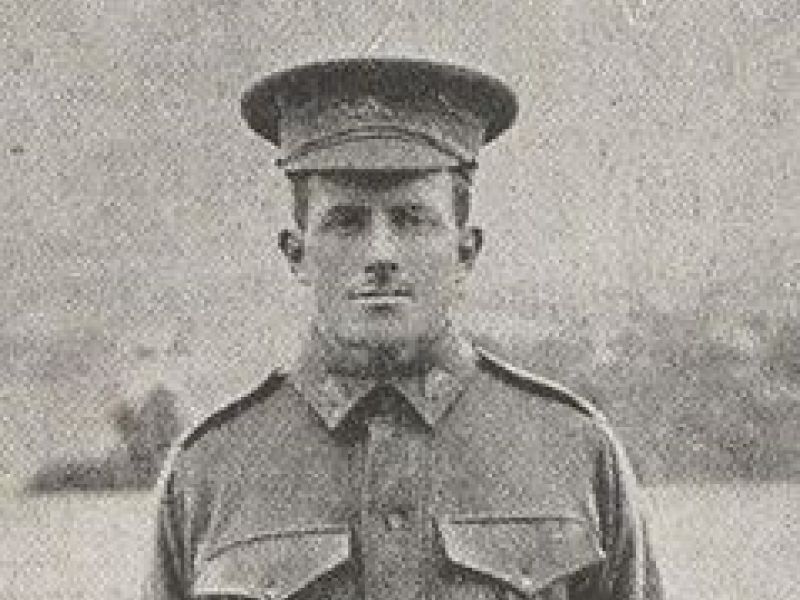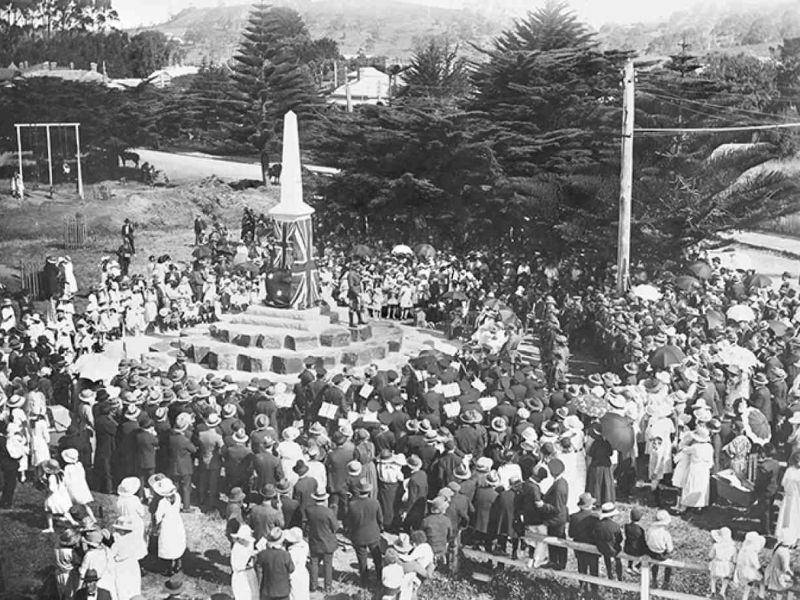Corporal Dyer Albert Diprose
Corporal Dyer Albert Diprose was born in 1893, one of four children of Charles and Isabella Diprose of West Burnie, Tasmania. He attended the local state school, after which he worked as a motor mechanic and chauffeur for a local company. In the years before the war the Diprose family was forced to sell the farming properties it owned in the Burnie area, and Dyer’s father struggled to cope with a difficult situation. With no other means of support, Dyer’s disabled mother was subsequently forced to depend on the modest income he made as a chauffeur.
It was likely financial reasons that led Dyer to enlist in the Australian Imperial Force in Claremont in June 1915. He spent the following weeks training with a reinforcement group for the 15th Battalion and embarked for the training camps in Egypt in August 1915. On arrival Dyer spent a short time in hospital, and did not take part in the fighting on Gallipoli. He returned to his unit in February 1916, by which time the AIF had evacuated the peninsula and was effectively doubling in size. He was promoted to corporal, transferred to the 47th Battalion, and embarked for the fighting in France in June 1916.
Not long after arriving in France the 47th Battalion was deployed to the Somme, where it was drawn into the fighting at Pozières. In the preceding weeks Australian troops had attacked and captured the village from German forces, and had successfully captured the main line of resistance to the west of Pozières.
On the night of 6 August 1916 the 47th Battalion defended the position known as the Windmill from a fierce and determined German counterattack. The battalion suffered heavy casualties, one of whom was Corporal Dyer Diprose. He was listed as missing in the following days, and was later confirmed as having been killed in action. Dyer’s remains were never recovered from the battlefield; as a result, his name is one of the 10,600 Australians commemorated on the Australian National Memorial at Villers-Bretonneux.
- The Last Post Ceremony, (2735) Corporal Dyer Albert Diprose https://www.awm.gov.au/collection/C2118680

 Australian War Memorial
Australian War Memorial